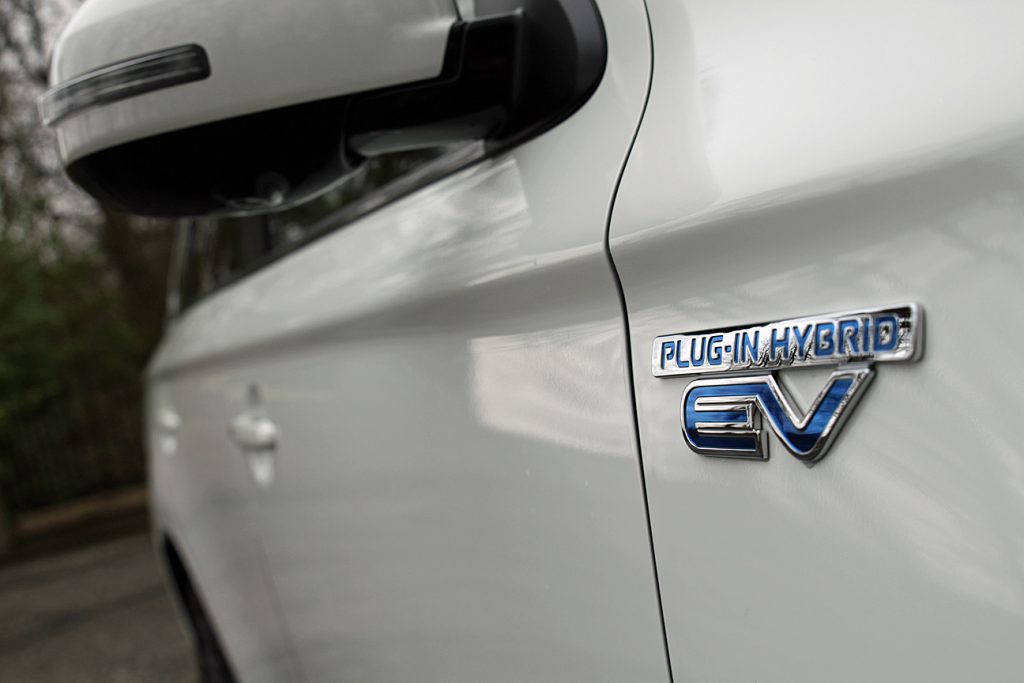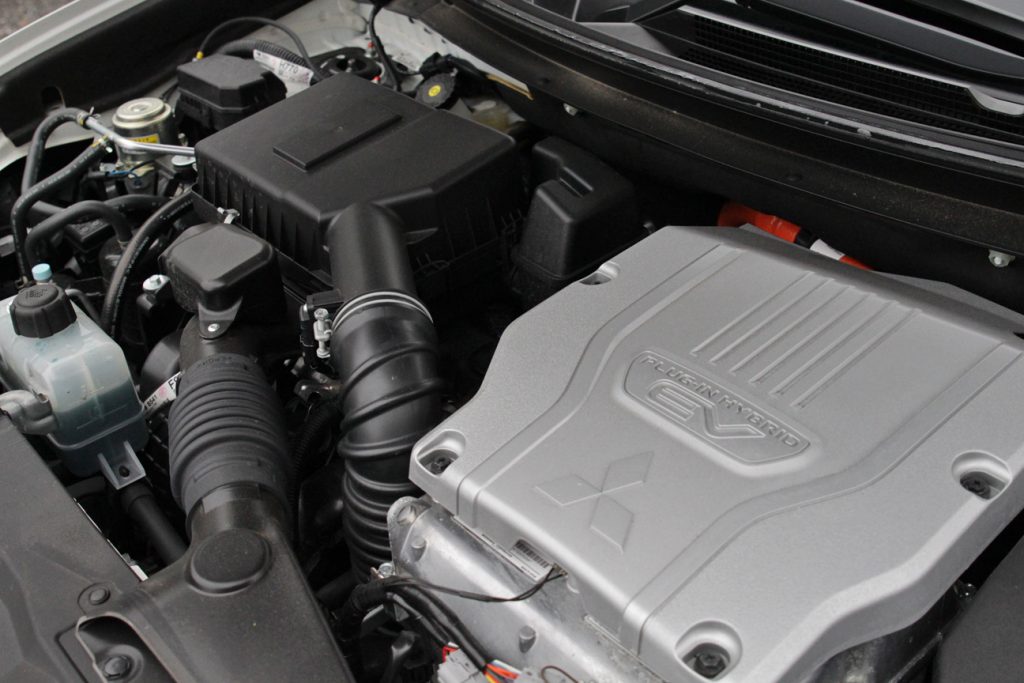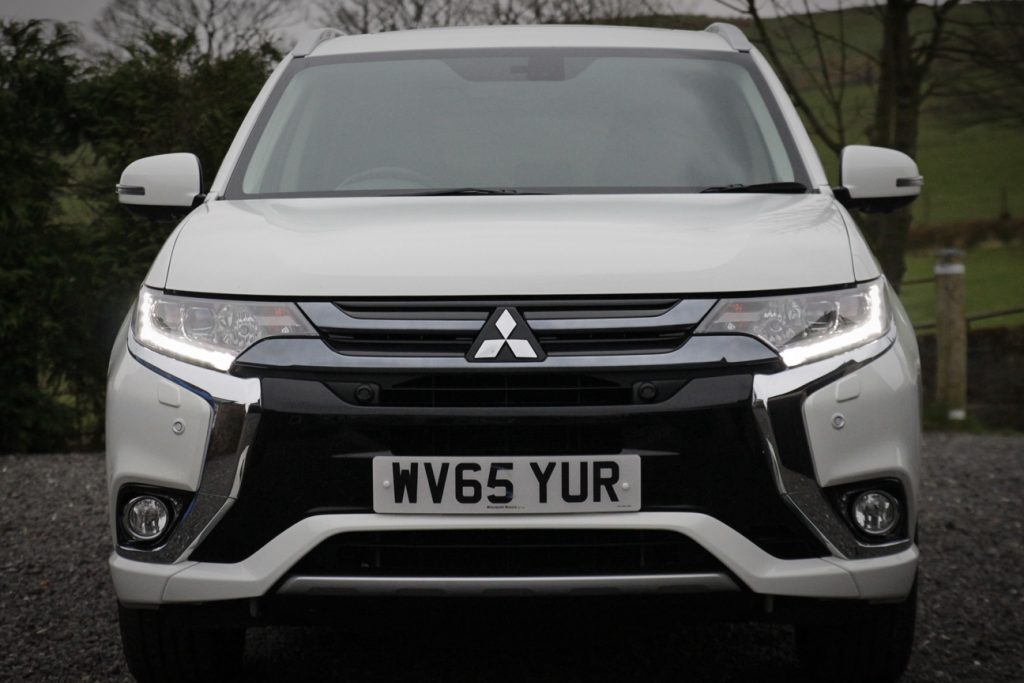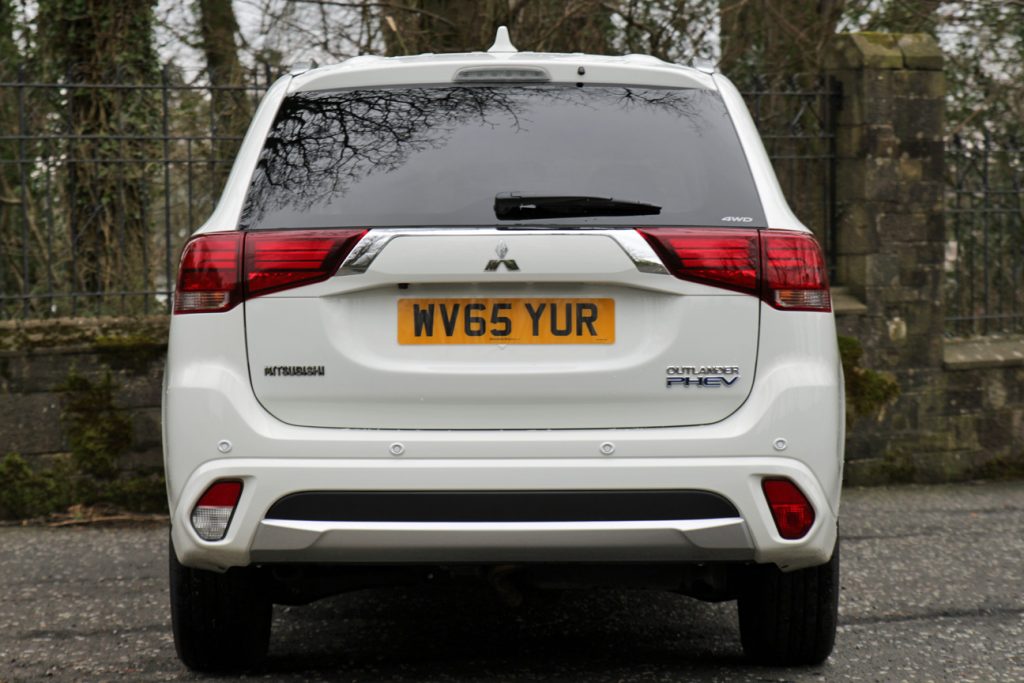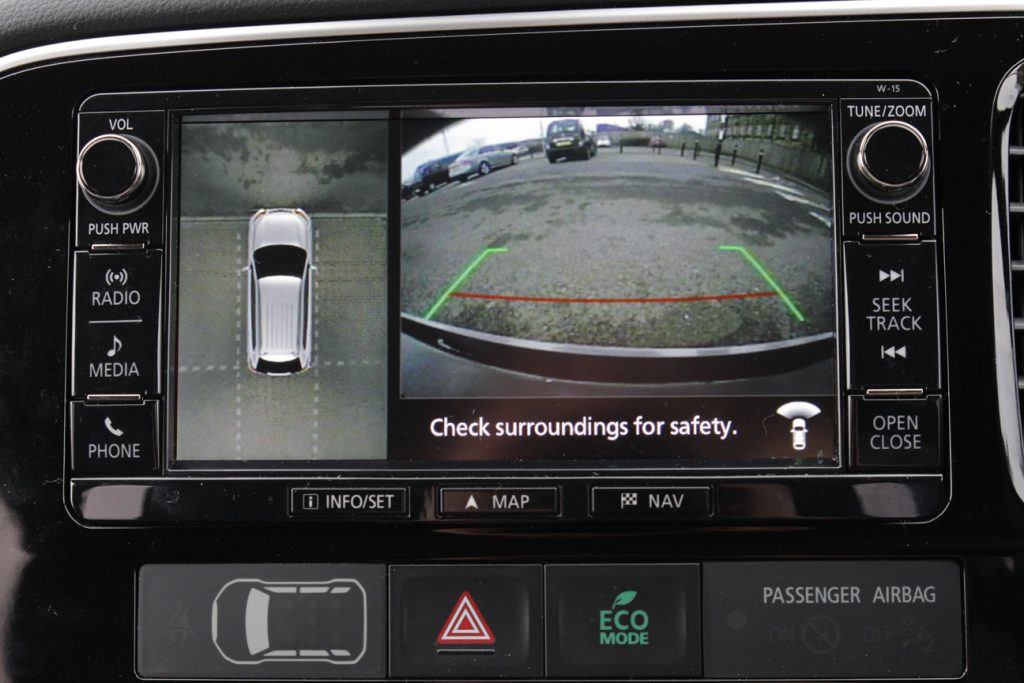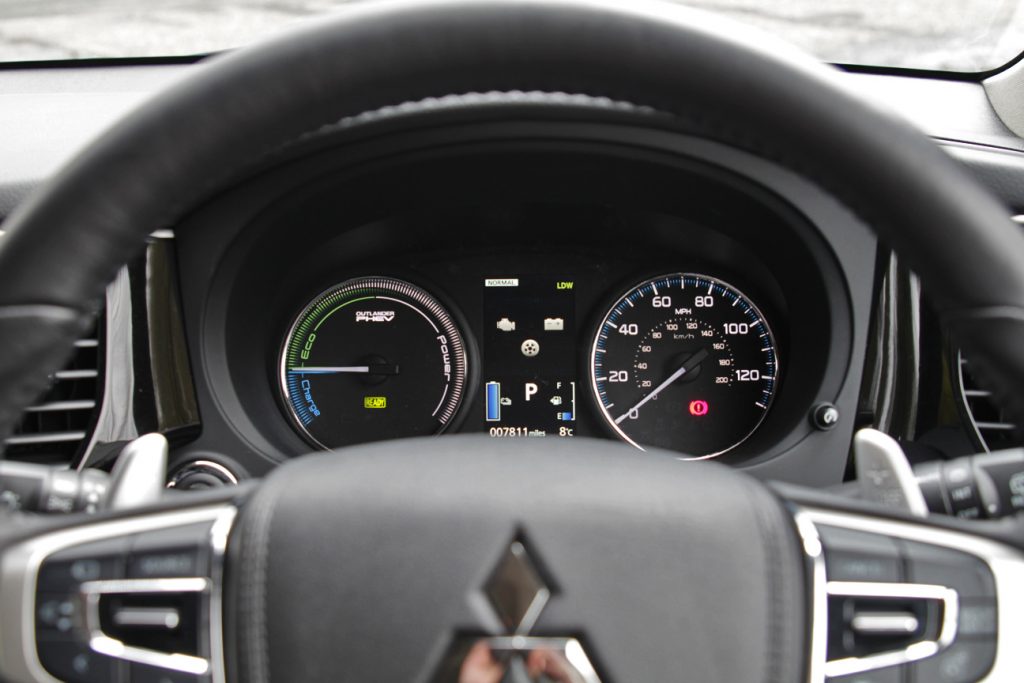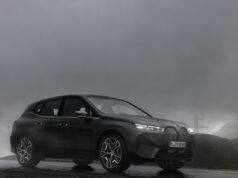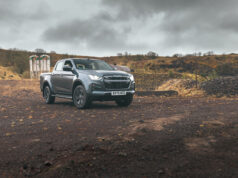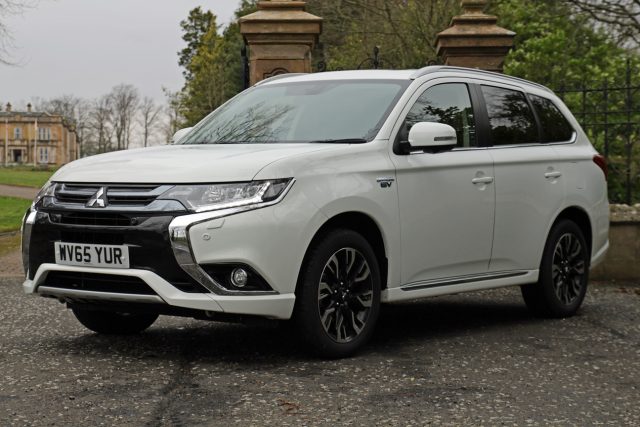
Think electric vehicles, and what comes to mind?
Possibly the Nissan leaf – launched in December 2010, it’s the world’s top selling electric car with, according to Wikipedia, more than 230,000 sold worldwide to date. Is the Leaf the Micra of the electric world? Do people slightly look down their noses at it? Electric is for folk that don’t want to be able to really do anything with their car other than look eco-friendly – right?
Not anymore.
There is an electric car revolution underway, although technically it started quite some time ago with the first practical electric cars produced way back in the 1880s! Seems electric got squeezed out by the gas guzzlers and those who owned the large oil reserves to fuel them. But electric is making a comeback. The Tesla Model S, released in June 2012, ranks second behind the Leaf with global sales of more than 145,000 units at the time of writing (again according to Wikipedia), however their Model 3, launched earlier in the year, has over 350,000 pre-orders already!
Being a big 4×4 SUV, the Mitsubishi Outlander Plug-in Hybrid Electric Vehicle (PHEV) – not the catchiest name – cannot be accused of being a traditional looking electric vehicle. And ok, is not totally electric. It has both a conventional two litre petrol engine and a series of lithium batteries.
On full electric charge the PHEV dash claims it can do a massive 32 miles. In reality we never quite managed to match that, low/mid 20’s was the best achieved using electric alone. However the challenge of using the regenerative braking to top up the battery and eek out the range was an interesting slant on ‘hypermiling’.
There was a moment, most definitely a technical glitch, when the PHEV thought we could go 975 miles on both fuel types! It was just a fleeting moment and quickly corrected itself as a hill loomed and sucked the electric dry and smoothly switched to petrol to push the big bus along. The tech is very impressive though and the switching between power sources is pretty much unnoticeable to the driver other than the dash graphic, which it’s easy to get obsessed with as you try to gain some additional ‘free’ miles using the regen braking. Despite the impressive dual fuel technology, there remains a nagging worry – what happens if something goes wrong with either the engine or motor. With twice the mechanics to maintain and fix will costs be double too?
The PHEV is not a good looking vehicle, but then I think most SUV’s are ugly beasts. Unfortunately, inside it doesn’t get much better. It is functional and a bit cheap feeling rather than being comfortable and contemporary like its European rivals. The infotainment system is also pretty poor and just didn’t seem to want to cooperate with an iPhone at all. The screen is cluttered and unintuitive, and the navigation system was hard work and often wrong – and to make matters worse it sounded like Scott Mills off of Radio One! There seems to be little logic to the placement of switchgear either. The heated seat switches are in a completely different place to the heated steering wheel switch and to scroll through the trip computer you have to hunt around for a hidden switch on the right of the steering wheel. The Zen like qualities offered by silently motoring through the city are ruined by the thoughtless and frustrating interior.
It is not the best tool for long motorway journeys either. Poor petrol consumption (I averaged low 30s) and combined a small fuel tank results in a pretty poor overall range. Ride quality is OK on smooth roads but potholes aren’t absorbed that well and the steering has a weird self centering action that becomes a bit annoying. I also wasn’t a fan of the radar cruise control which seemed to be fairly abrupt when intervening.
But it is not all bad. The PHEV is fully loaded with toys (except for the dire iPhone connectivity for which there is no excuse nowadays!), it was pretty comfy (even on a seven hour motorway schlep south) and the 360 degree parking camera is cool – and useful. Also it is nice to have a sunroof – a rare feature on cars now that AC is common place. While I never got anywhere near achieving the claimed 156 mpg combined figure, on my daily commute I saw a best of just under 75 mpg which is still pretty impressive for a big heavy SUV.
So why would you buy this car? Well compared to its competitors it makes financial sense on two counts. Firstly, if your regular driving consists of short, town journeys, you could do this for pennies each day. Secondly, it is priced comparatively to its diesel counterpart with little or no premium for the additional dual fuel technology and also benefits from zero road tax. Would I buy it? Sadly not. My daily commute would require a five hour recharge during the day and there are no charging points at my work so over half my commute would be traditional fuel and this rather cancels out the benefit of it being electric.
But it did seriously get me thinking about how an electric vehicle could fit into my lifestyle and garage. I am now much more aware of where there are charging points – and there are more than you would think. Service stations, multi-storey car parks and high streets all offer free parking with charge points. There is still rather a bewildering variety of charge options – slow, fast, rapid AC and rapid DC! But the infrastructure is ever more available and the tipping point towards electric seems near. Check out www.zap-map.com for the full low down – which claims 508 charging locations across god’s country.
The real life electric test to me is twofold. Firstly, can I get to and from work, with some occasional diversions (including taking a long fun route home on sunny summer evenings) without worrying that I will run out of power and be stranded on a Scottish back road, with no mobile signal to ring for a tow home? Secondly, can I drive around Scotland without too much pre-planning of distances and charge point options? Currently Tesla is the leader here with a quoted range of over 200 miles per charge and a handy 60 minute supercharge option. Andrew has recently had a Model S on test so it will be interesting to see how that worked out in real world usage…
Mitsubishi Outlander PHEV
PRICE: £34,000 – £45,000
ENGINE: 1998cc, 4 cylinder, petrol with 2 x 60kW electric motors
POWER: 200 bhp
TORQUE: 284 lb ft at 4500 rpm
PERFORMANCE: Top speed 106 mph, 0-62 mph 11.0 secs
CONSUMPTION: 156 mpg (offical combined)
CO2: 42 g/km


